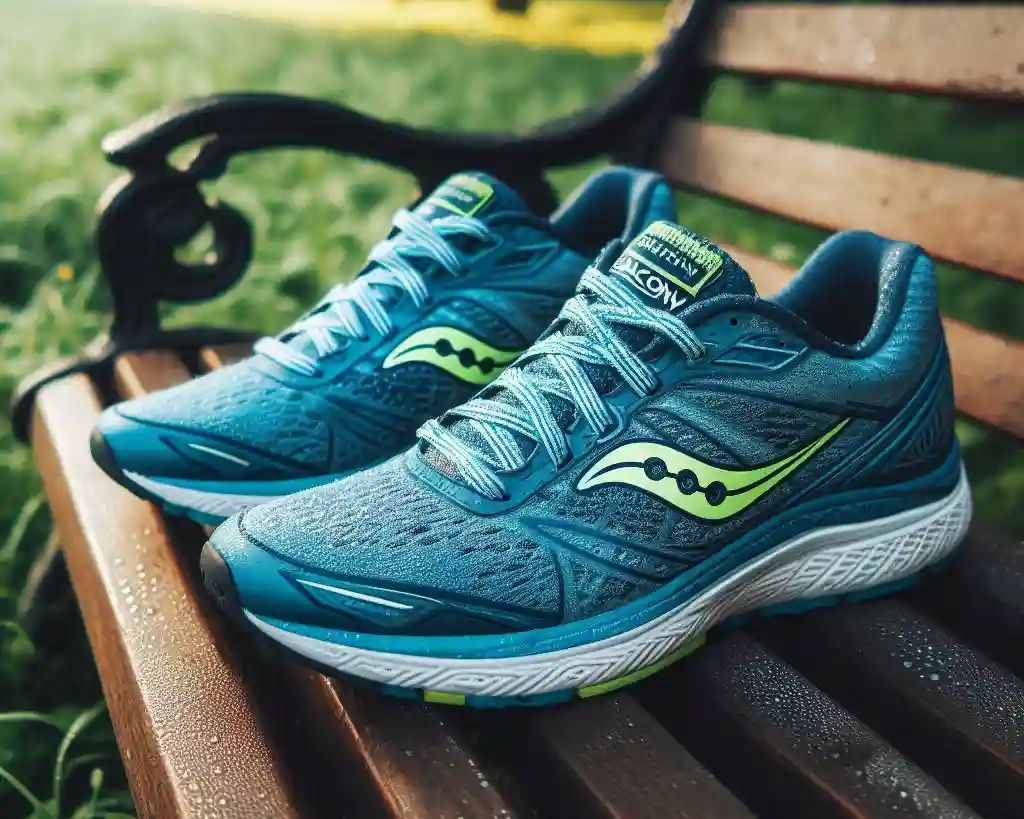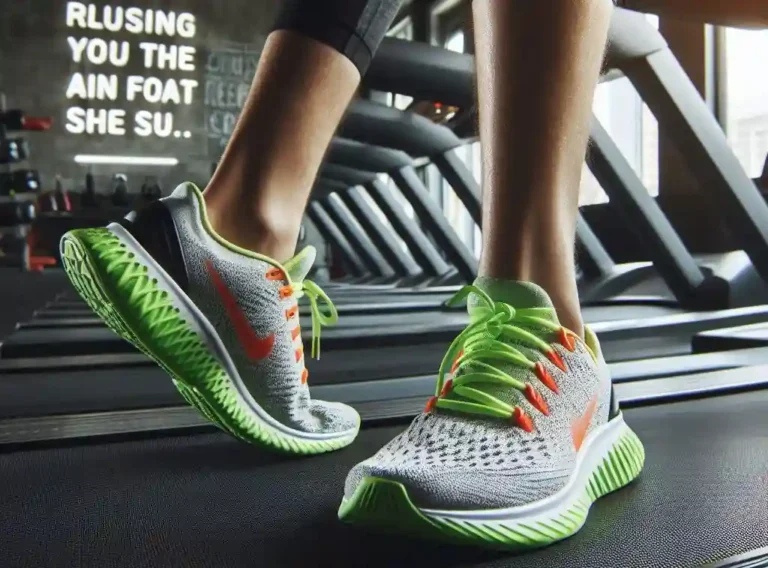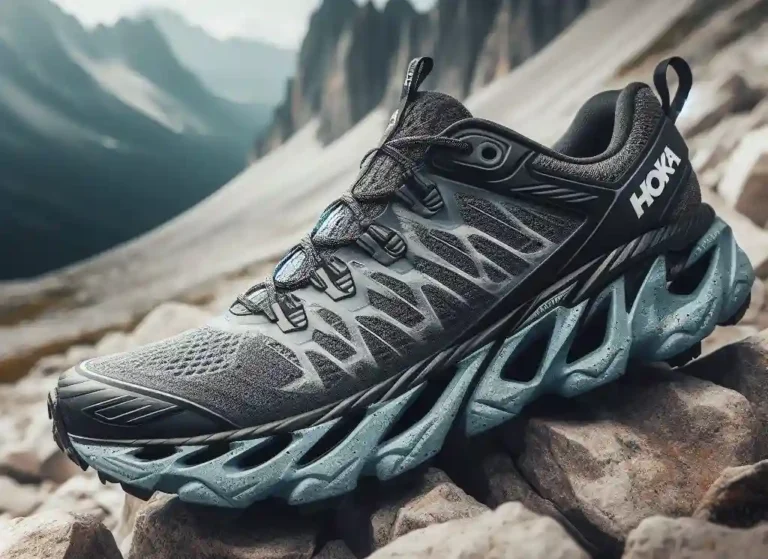Saucony vs Asics: A Comprehensive Review
Saucony vs Asics: Two of the most popular brands, Saucony and Asics, have been vying for the top spot in the hearts of runners for years.
Both brands boast impressive lineups of shoes that cater to different running styles, foot types, and personal preferences.
In this comprehensive review, we’ll delve into the world of Saucony and Asics, pitting their features, technologies, and performance against each other to help you make an informed decision.
Saucony vs Asics: A Quick Overview
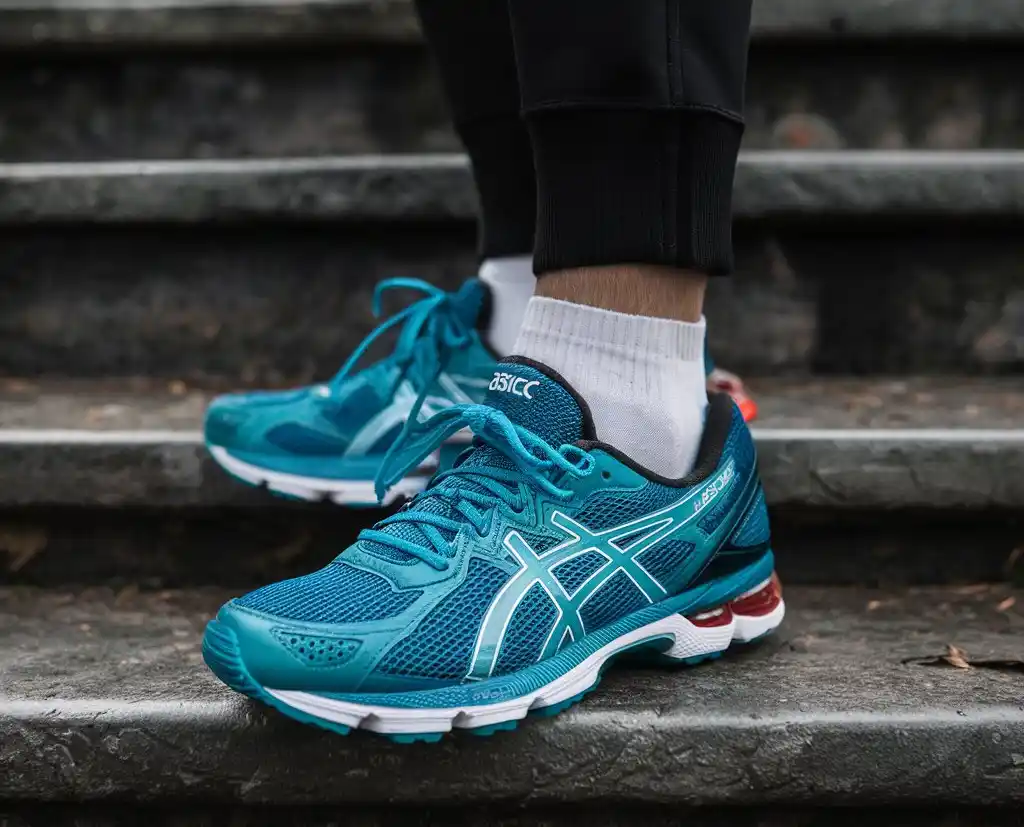
Saucony:
- Known for their cushioning and comfort, making them a great choice for runners with high arches or plantar fasciitis
- Often preferred by runners with neutral foot pronation or mild overpronation
- Tend to have a more substantial and supportive heel-to-toe offset (around 8-10mm)
- Offer a wide range of models, including trail and racing shoes
- Generally considered to be more expensive than Asics
Asics:
- Focus on providing support and stability, making them a great choice for runners with flat feet or severe overpronation
- Often preferred by runners with moderate to severe overpronation
- Tend to have a lower heel-to-toe offset (around 6-8mm) for a more natural stride
- Offer a wide range of models, including high-performance and daily training shoes
- Generally considered to be more affordable than Saucony
Key differences:
- Cushioning: Saucony is known for its plush cushioning, while Asics focuses on support and stability
- Pronation: Saucony is better suited for neutral runners, while Asics is better suited for runners with overpronation
- Offset: Saucony tends to have a higher heel-to-toe offset, while Asics has a lower offset
- Price: Saucony tends to be more expensive than Asics
Cushioning and Comfort: Which Brand Offers Better Comfort?
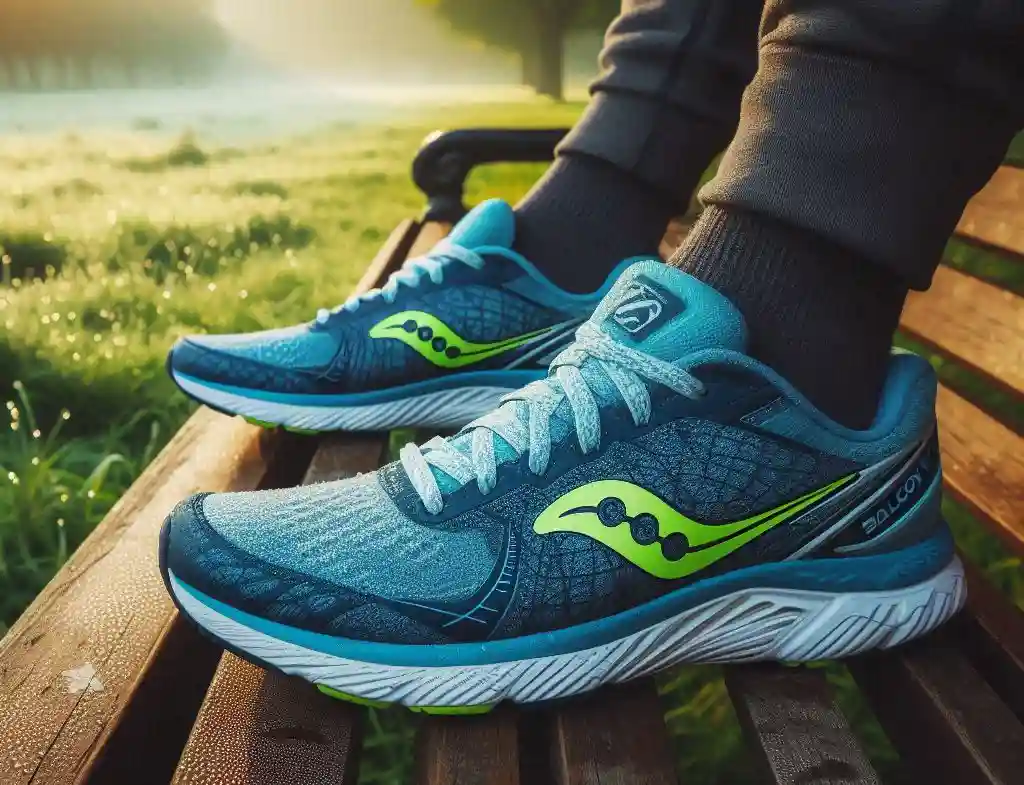
Cushioning
- Saucony:
- Known for their plush and soft midsoles
- Use a variety of cushioning technologies, including PWRTRAC, EVERUN, and PWRRUN
- Provide a more comfortable and cushioned ride, especially for runners with high arches or plantar fasciitis
- Asics:
- Focus on providing a balance of cushioning and support
- Use technologies like FLYTEFOAM and SPENCER to provide a responsive and springy feel
- Cushioning is more subtle and designed to work in tandem with their support features
Comfort
- Saucony:
- Often described as having a more comfortable and relaxed fit
- Use breathable and lightweight materials to keep feet cool and dry
- Provide a more substantial and supportive heel collar to reduce heel slipping
- Asics:
- Focus on providing a snug and secure fit
- Use a more substantial and supportive upper material to provide a locked-in feel
- May feel slightly less comfortable for runners with wider feet or those who prefer a more relaxed fit
Key differences
- Saucony prioritizes cushioning and comfort, while Asics balances cushioning with support
- Saucony’s cushioning is often described as softer and more plush, while Asics’ cushioning is more subtle and responsive
- Saucony’s comfort features are designed to reduce pressure and discomfort, while Asics’ comfort features are designed to provide a snug and secure fit
Support and Stability: Which Shoe Reigns Supreme?

Support
- Saucony:
- Provide moderate support for runners with neutral to mild overpronation
- Use technologies like PWRTRAC and ISOFIT to provide a comfortable and supportive ride
- Support features are designed to work in tandem with their cushioning technologies
- Asics:
- Provide more substantial support for runners with moderate to severe overpronation
- Use technologies like DUOMAX and SPENCER to provide additional support and stability
- Support features are designed to work in tandem with their cushioning technologies to reduce pronation and improve running efficiency
Stability
- Saucony:
- Provide a more neutral and flexible ride, allowing for a natural stride
- Use a more substantial and supportive heel counter to reduce heel slipping and improve stability
- Stability features are designed to work in tandem with their cushioning technologies
- Asics:
- Provide a more supportive and stable ride, especially for runners with overpronation
- Use a more substantial and supportive midfoot and heel counter to reduce excessive pronation and improve stability
- Stability features are designed to work in tandem with their support technologies to reduce pronation and improve running efficiency
Key differences
- Saucony provides moderate support for runners with neutral to mild overpronation, while Asics provides more substantial support for runners with moderate to severe overpronation
- Saucony’s support features are designed to work in tandem with their cushioning technologies, while Asics’ support features are designed to work in tandem with their stability technologies
- Saucony provides a more neutral and flexible ride, while Asics provides a more supportive and stable ride
Traction and Grip: Which Shoe Stack Up for Hiking?
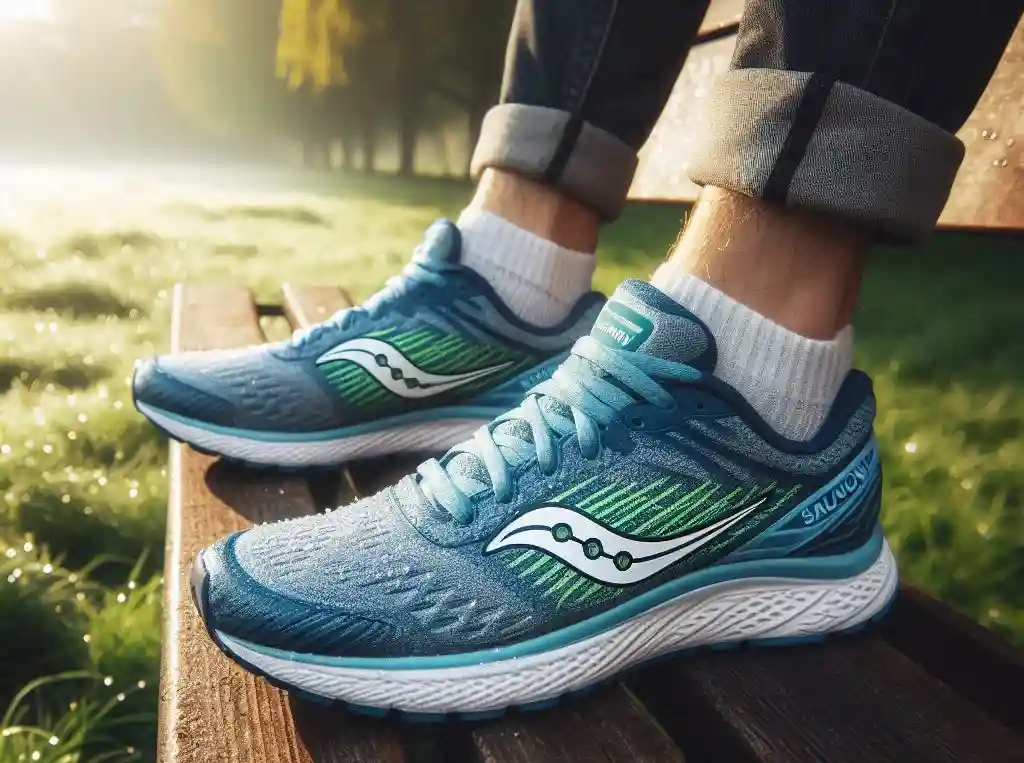
Traction
- Saucony:
- Use a variety of outsole materials, including PWRTRAC and XT-900, to provide traction and durability
- Outsoles are designed to provide a balance of traction and flexibility
- Traction patterns are designed to adapt to different running surfaces and conditions
- Asics:
- Use a variety of outsole materials, including AHAR and FLYTEFOAM, to provide traction and durability
- Outsoles are designed to provide a balance of traction, flexibility, and durability
- Traction patterns are designed to provide a more aggressive grip on various running surfaces
Grip
- Saucony:
- Provide a more subtle grip, suitable for runners who prefer a more natural stride
- Grip is designed to work in tandem with their cushioning and support features
- Grip patterns are designed to adapt to different running surfaces and conditions
- Asics:
- Provide a more aggressive grip, suitable for runners who need more traction and control
- Grip is designed to work in tandem with their support and stability features
- Grip patterns are designed to provide a more confident and secure ride on various running surfaces
Key differences
- Saucony’s traction and grip are designed to provide a more balanced and flexible ride, while Asics’ traction and grip are designed to provide a more aggressive and confident ride
- Saucony’s outsoles are designed to adapt to different running surfaces and conditions, while Asics’ outsoles are designed to provide a more durable and long-lasting ride
- Saucony’s grip is more subtle and suitable for runners who prefer a more natural stride, while Asics’ grip is more aggressive and suitable for runners who need more traction and control
Weight and Responsiveness: The Verdict Both The Shoes

Weight
- Saucony:
- Generally heavier than Asics, with an average weight of 10-12 oz (280-340g) for men’s models
- Heavier weight is due to the use of more substantial and supportive materials
- Weight is distributed evenly to provide a comfortable and stable ride
- Asics:
- Generally lighter than Saucony, with an average weight of 9-11 oz (250-310g) for men’s models
- Lighter weight is due to the use of lighter and more responsive materials
- Weight is distributed to provide a more agile and responsive ride
Responsiveness
- Saucony:
- Provide a more cushioned and comfortable ride, but may feel less responsive
- Use technologies like EVERUN and PWRRUN to provide a more responsive and springy feel
- Responsiveness is designed to work in tandem with their cushioning and support features
- Asics:
- Provide a more responsive and springy ride, with a focus on energy return
- Use technologies like FLYTEFOAM and SPENCER to provide a more responsive and agile feel
- Responsiveness is designed to work in tandem with their support and stability features
Key differences
- Saucony is generally heavier and more focused on cushioning and comfort, while Asics is generally lighter and more focused on responsiveness and agility
- Saucony’s weight is distributed to provide a comfortable and stable ride, while Asics’ weight is distributed to provide a more agile and responsive ride
- Saucony’s responsiveness is designed to work in tandem with their cushioning and support features, while Asics’ responsiveness is designed to work in tandem with their support and stability features
Breathability and Ventilation: Keeping Your Feet Cool and Dry
Breathability
- Saucony:
- Use breathable materials, such as mesh and synthetic materials, to provide airflow and ventilation
- Upper materials are designed to be lightweight and breathable, allowing for airflow and moisture management
- Breathability is designed to work in tandem with their cushioning and support features
- Asics:
- Use advanced breathable materials, such as FLYMESH and SPACEMESH, to provide superior airflow and ventilation
- Upper materials are designed to be lightweight, breathable, and flexible, allowing for maximum airflow and moisture management
- Breathability is designed to work in tandem with their support and stability features
Ventilation
- Saucony:
- Provide ventilation through strategically placed perforations and mesh panels
- Ventilation is designed to provide airflow and moisture management, especially in high-heat areas such as the toe box and heel counter
- Ventilation is designed to work in tandem with their cushioning and support features
- Asics:
- Provide superior ventilation through advanced mesh materials and strategically placed perforations
- Ventilation is designed to provide maximum airflow and moisture management, especially in high-heat areas such as the toe box and heel counter
- Ventilation is designed to work in tandem with their support and stability features
Key differences
- Saucony’s breathability and ventilation are designed to provide a comfortable and supportive ride, while Asics’ breathability and ventilation are designed to provide a more agile and responsive ride
- Saucony’s materials are designed to be lightweight and breathable, while Asics’ materials are designed to be advanced and superior in terms of airflow and moisture management
- Saucony’s ventilation is designed to provide airflow and moisture management, while Asics’ ventilation is designed to provide maximum airflow and moisture management
Durability and Longevity: Which Shoe Will Last Longer?
Durability
- Saucony:
- Known for their durable and long-lasting shoes, with a focus on high-quality materials and construction
- Use durable materials, such as rubber and synthetic materials, to provide a long-lasting ride
- Outsoles are designed to provide traction and durability, with a focus on long-lasting performance
- Asics:
- Also known for their durable and long-lasting shoes, with a focus on high-quality materials and construction
- Use advanced materials, such as FLYTEFOAM and SPENCER, to provide a durable and responsive ride
- Outsoles are designed to provide traction and durability, with a focus on long-lasting performance and agility
Longevity
- Saucony:
- Shoes are designed to last for hundreds of miles, with a focus on providing a comfortable and supportive ride
- Upper materials are designed to be durable and long-lasting, with a focus on providing a comfortable fit
- Midsoles are designed to provide long-lasting cushioning and support
- Asics:
- Shoes are also designed to last for hundreds of miles, with a focus on providing a responsive and agile ride
- Upper materials are designed to be lightweight and durable, with a focus on providing a comfortable and secure fit
- Midsoles are designed to provide long-lasting cushioning and support, with a focus on providing a responsive ride
Key differences
- Saucony’s durability and longevity are focused on providing a comfortable and supportive ride, while Asics’ durability and longevity are focused on providing a responsive and agile ride
- Saucony’s materials are designed to be durable and long-lasting, while Asics’ materials are designed to be advanced and high-performance
- Saucony’s outsoles are designed to provide traction and durability, while Asics’ outsoles are designed to provide traction and agility
Style and Aesthetics: Which Shoe Looks and Feels Better?
Style
- Saucony:
- Known for their bold and vibrant color schemes
- Often feature bright and bold accents, such as neon colors and reflective materials
- Designs are often more aggressive and edgy, with a focus on making a statement
- Asics:
- Known for their more subdued and understated color schemes
- Often feature more muted and earthy tones, such as blues, greens, and grays
- Designs are often more sleek and streamlined, with a focus on clean lines and minimalism
Aesthetics
- Saucony:
- Shoes often feature more aggressive and angular lines, with a focus on creating a bold and dynamic look
- Upper materials are often more textured and layered, with a focus on creating depth and visual interest
- Shoes often feature more prominent branding and logos, with a focus on making a statement
- Asics:
- Shoes often feature more streamlined and aerodynamic lines, with a focus on creating a sleek and modern look
- Upper materials are often more minimalist and clean, with a focus on creating a clean and uncluttered look
- Shoes often feature more subtle branding and logos, with a focus on understated elegance
Key differences
- Saucony’s style and aesthetics are often more bold and aggressive, while Asics’ style and aesthetics are often more subdued and understated
- Saucony’s designs are often more focused on making a statement, while Asics’ designs are often more focused on clean lines and minimalism
- Saucony’s shoes often feature more prominent branding and logos, while Asics’ shoes often feature more subtle branding and logos
The Final Step: Which Shoe Reigns Supreme in Our Head-to-Head Comparison?
Saucony
- Strengths:
- Excellent cushioning and comfort
- Supportive and stable ride
- Breathable and ventilated upper
- Durable and long-lasting
- Weaknesses:
- Heavier than Asics
- Less responsive and agile
- Less suitable for runners with severe overpronation
Asics
- Strengths:
- Excellent support and stability for runners with overpronation
- Lightweight and responsive ride
- Superior ventilation and breathability
- More agile and adaptable to different running styles
- Weaknesses:
- Less cushioning and comfort
- Less suitable for runners with high arches or plantar fasciitis
- Less durable and long-lasting
The Verdict
- If you prioritize cushioning and comfort, Saucony may be the better choice.
- If you prioritize support and stability, Asics may be the better choice.
- If you’re a runner with high arches or plantar fasciitis, Saucony may be the better choice.
- If you’re a runner with overpronation, Asics may be the better choice.
FAQs
Q: Which brand is better, Saucony or Asics?
A: Both Saucony and Asics are excellent brands with their own strengths and weaknesses. The better brand for you will depend on your individual needs and preferences.
Q: What is the main difference between Saucony and Asics?
A: Saucony is known for its cushioning and comfort, while Asics is known for its support and stability.
Q: Which brand is better for runners with high arches or plantar fasciitis?
A: Saucony is often recommended for runners with high arches or plantar fasciitis due to its excellent cushioning and comfort.
Q: Which brand is better for runners with overpronation?
A: Asics is often recommended for runners with overpronation due to its excellent support and stability features.
Q: Are Saucony shoes more expensive than Asics shoes?
A: Generally, Saucony shoes tend to be more expensive than Asics shoes. However, prices can vary depending on the specific model and retailer.
Q: Which brand offers more color options?
A: Saucony is known for its bold and vibrant color schemes, while Asics tends to offer more subdued and understated color options.
Q: Which brand is better for trail running?
A: Both Saucony and Asics offer excellent trail running shoes, but Saucony’s shoes tend to be more popular among trail runners due to their excellent cushioning and comfort.
Q: Which brand is better for beginners?
A: Both Saucony and Asics offer excellent shoes for beginners, but Asics’ shoes tend to be more supportive and stable, making them a good choice for new runners.

Mia Smith is the founder of Shoe Storyteller, a blog that celebrates the art and stories behind shoes. With a passion for fashion and a flair for storytelling, Mia brings a unique perspective to the world of footwear.

